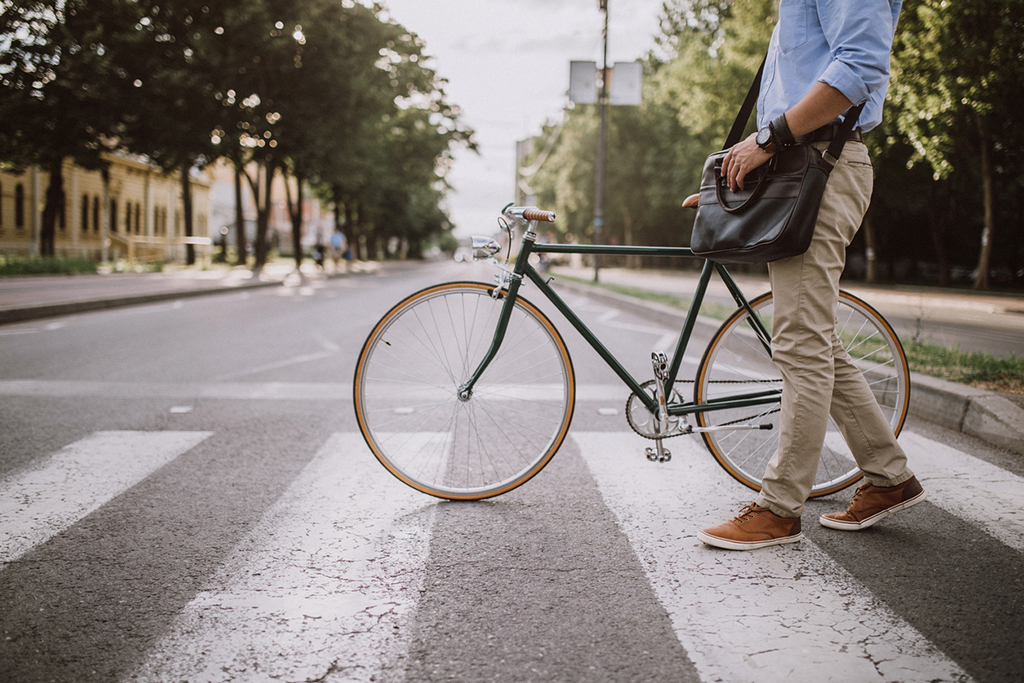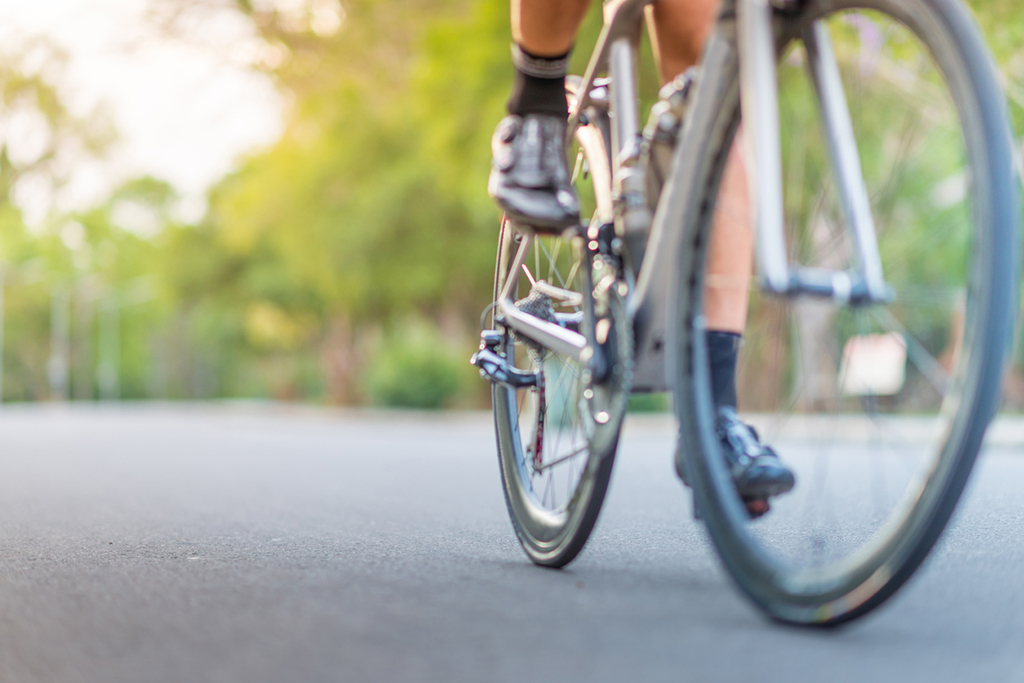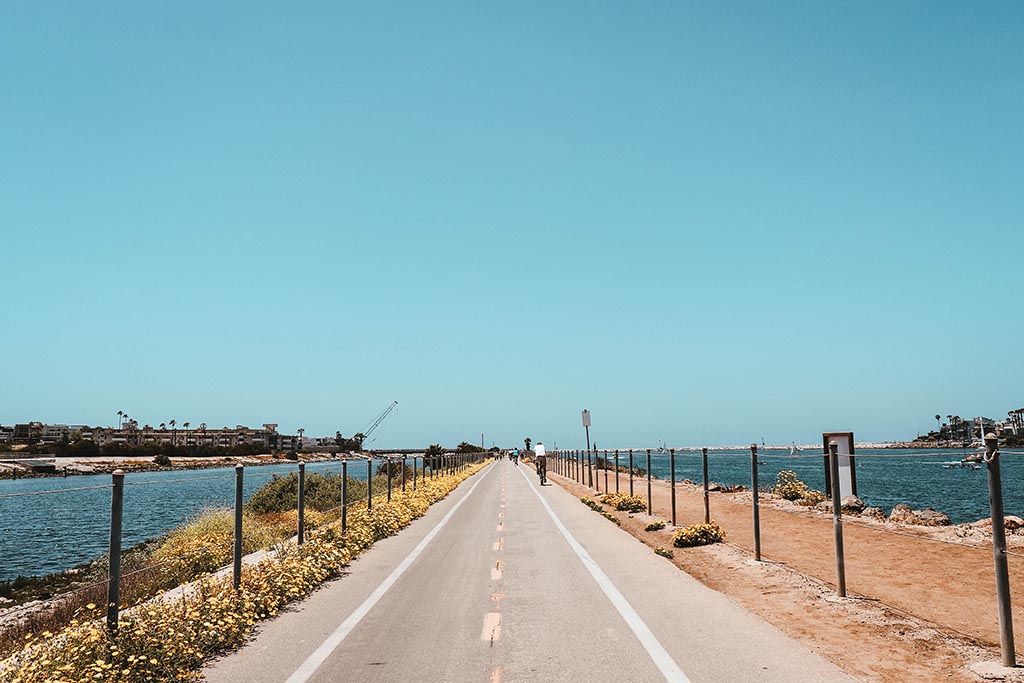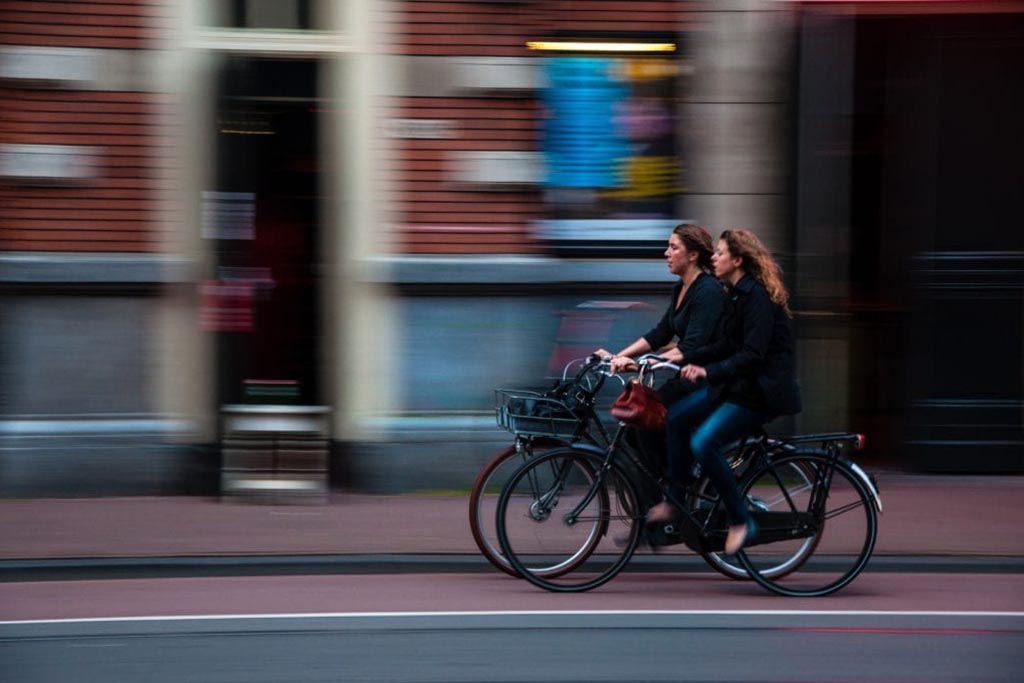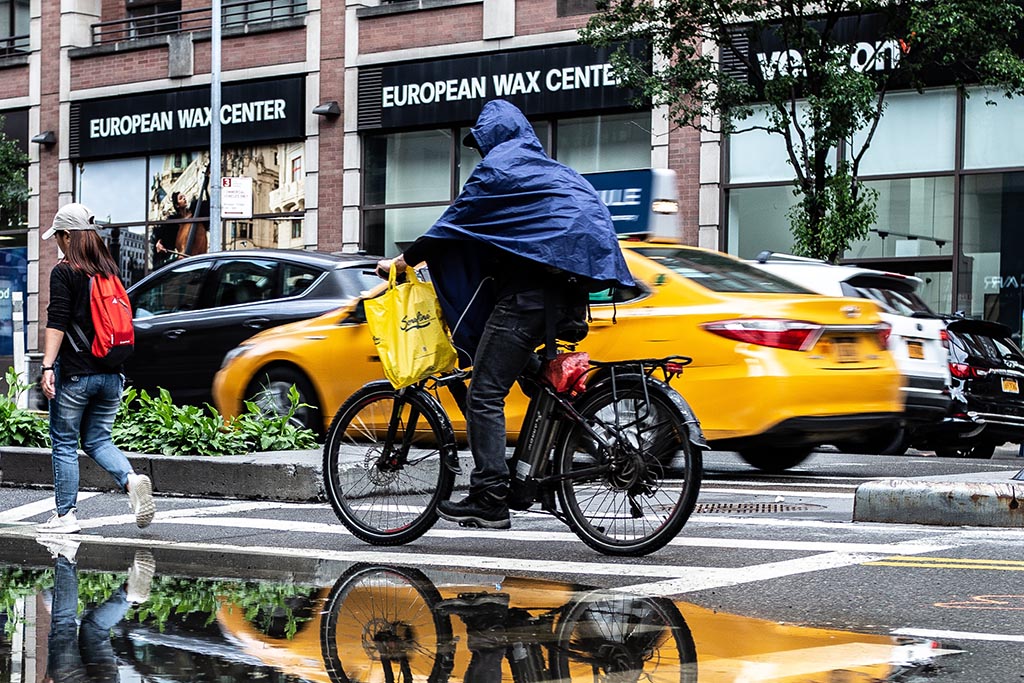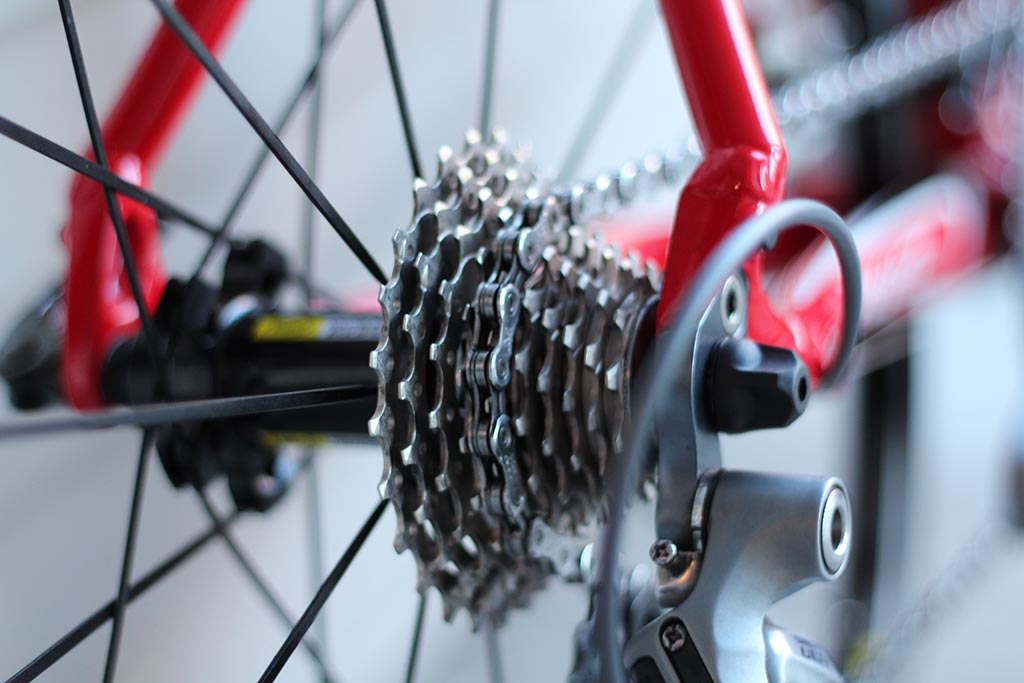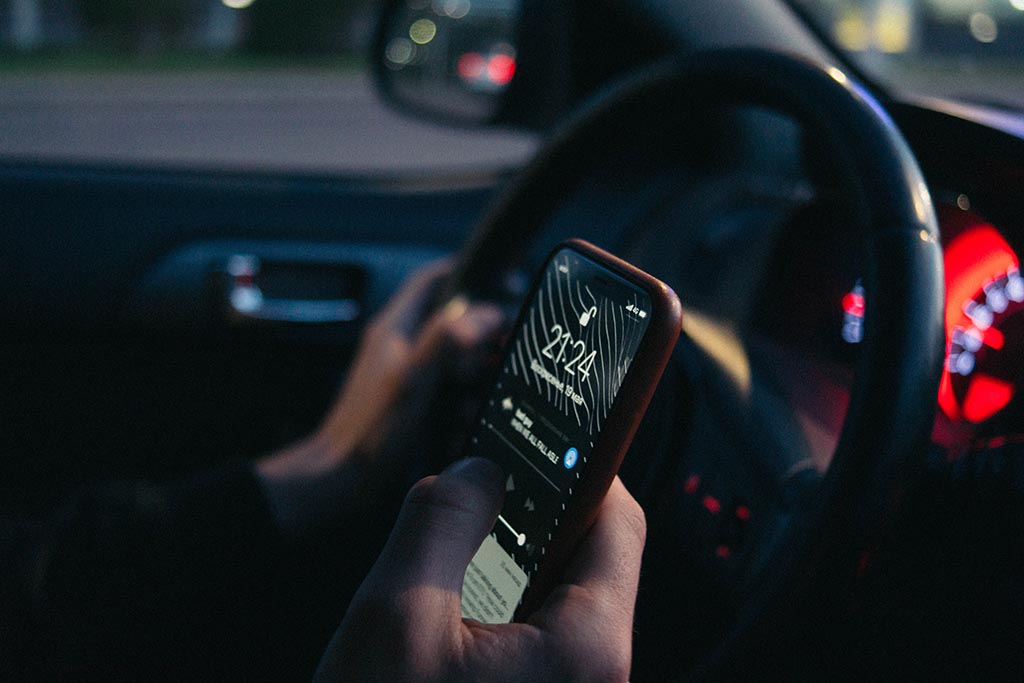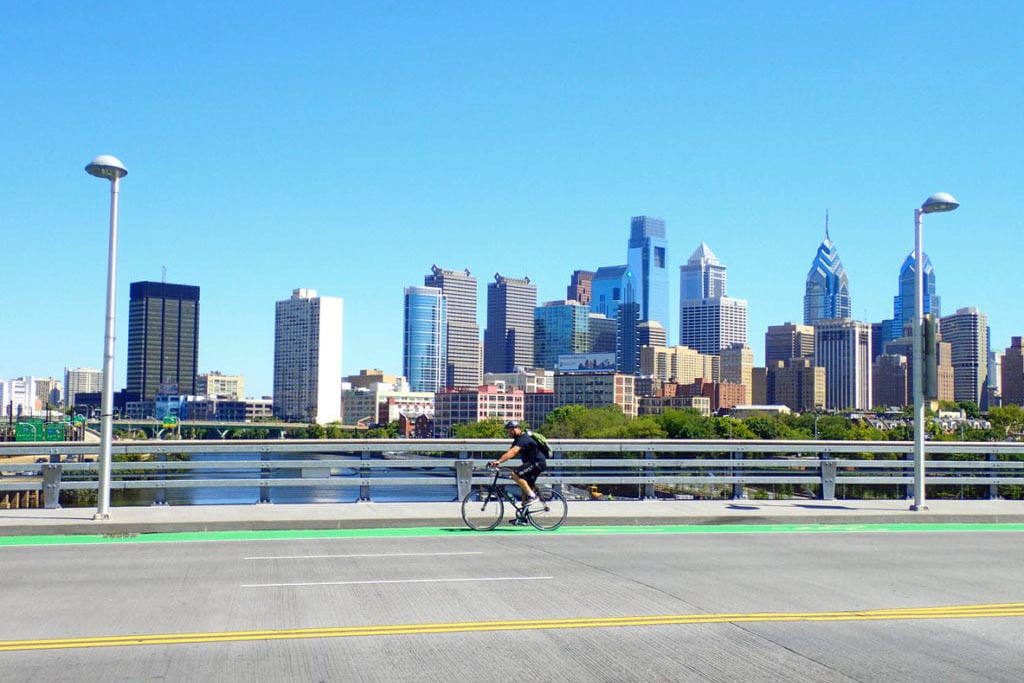Bicycle Accident Case
No matter what your case is, it is the evidence that will make it or break it. That is how the rule of law works. If you have the valid evidence to prove your side of the story, then you are likely to win your case. If you have been in a cycling accident, you will need evidence to prove your damages and the fault of the accident as well. As such, consider gathering this important evidence.
Key Pieces of Evidence
- Witness Statements – If anyone saw the accident happen, this can be important. They will be able to objectively detail how the accident went down. Be sure to get names and phone numbers at the scene for further use.
- Photos of the Scene – This is not always possible as you may need medical attention. However, you should take photos of the scene of the accident if possible. They can hold a number of clues as well as show the sheer devastation.
- Police Report – The police should be called to the scene of even minor accidents so they can create a police report. In essence, the police report is an official document showing pieces of evidence you wouldn’t even think of gathering. It describes the accident, makes note of key features like skid marks on the road, and can even make a recreation of what happened via diagrams.
- Document of Injuries – Be sure to keep all medical records of your treatment for potential compensation. Furthermore, as injuries have a tendency to heal before court dates, be sure to take pictures of each injury to give the court something visual to see.
Unfortunately, much of this evidence can be difficult to gather on your own. This is why every injured cyclist needs the help of an experienced lawyer to help them get the best start and finish your case. If you were in a bicycle accident and need help, contact us today.


